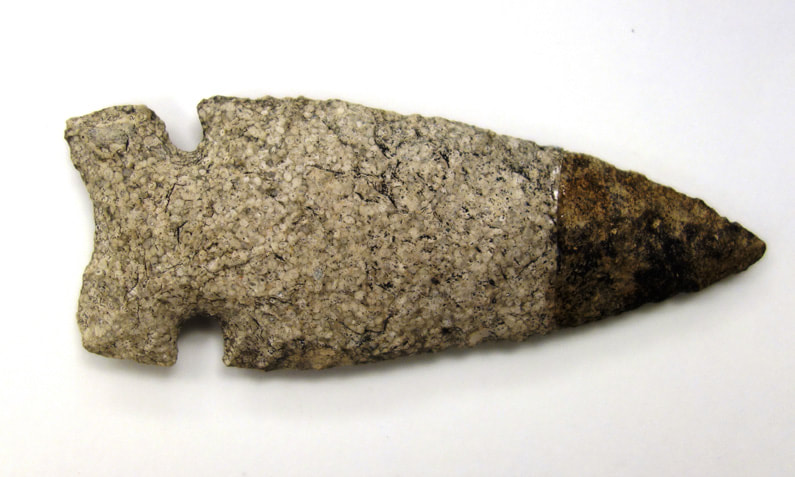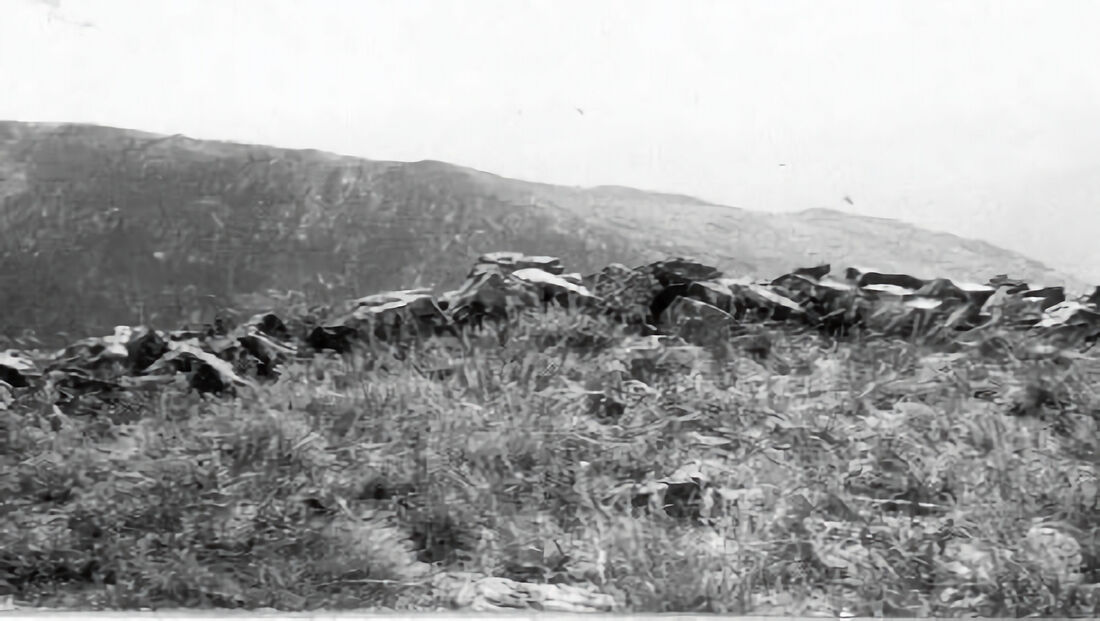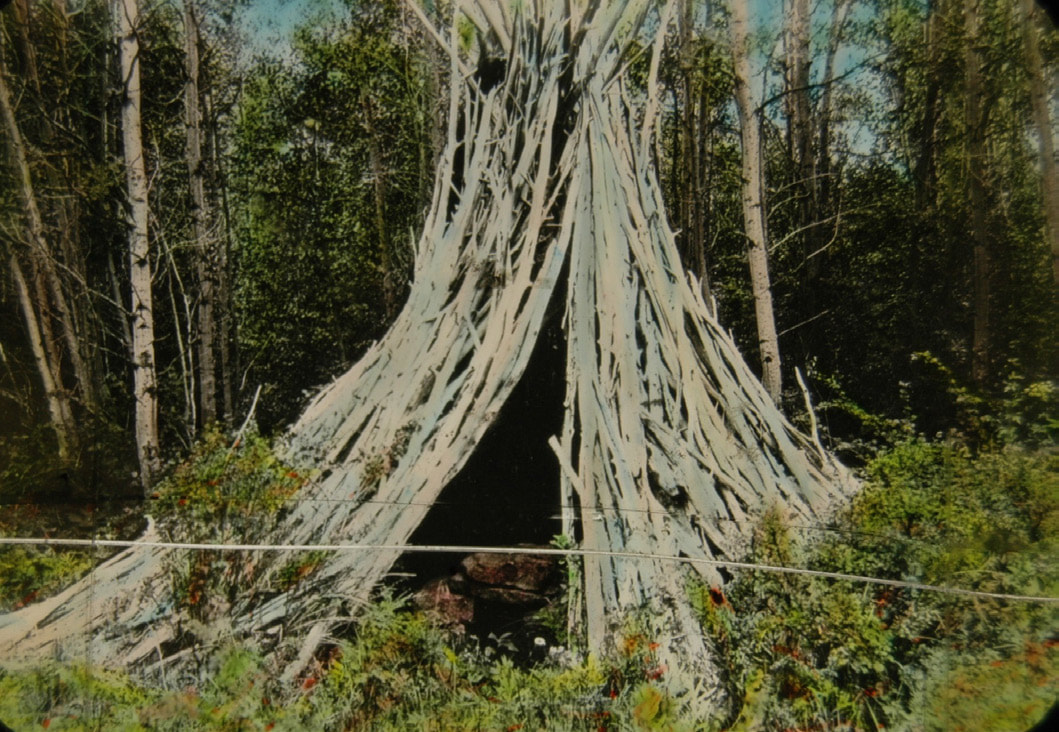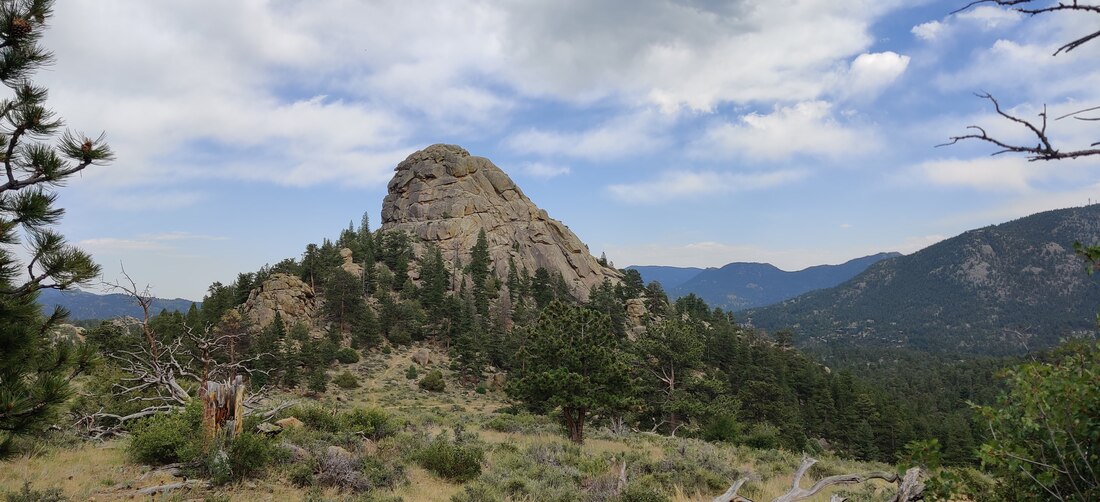|
by Cindy Elkins How do we begin to accept our responsibility as travelers on this planet when our existence is temporary? Discovering what came before and accepting that there will be many future generations once I am gone, makes me ponder why it is so important to “Preserve and Protect.” Learning about past inhabitants and establishments while imagining the flying cars of the future, I appreciate my simplistic understanding of what it would have been like 10,000 years ago in the high country of what is now RMNP. Thinking about surviving the elements, hunting for bison or mammoth, foraging for food and being in a landscape recently carved by glaciers, I appreciate that my interactions with Rocky are purely recreational. Imagine seeing the base of Lumpy Ridge covered in the skulls of bison after a great hunt, or witnessing the competition between Arapahoe and Ute nations for hunting rights next time you are hiking the trails. This article is an attempt to give a glimpse of who was here before the Euro-American settlers came west. According to https://www.nps.gov/romo/learn/historyculture/tim e_line_of_historic_events.htm : “The…Clovis Paleoindian hunters entered the park as the glaciers retreated around 10,000 BC… and from 6000 BC to around 150 AD Archaic hunter-gatherers occupied areas of the park as seasonal hunters in the spring and summer months. These are the ancestors to many of the tribes in the western United States including the Ute, Comanche, Goshiute and Shoshone... Sometime around 1200 -1300 AD members of the Ute Nation enter into Colorado's North Park and Middle Park as well as areas of Rocky Mountain National Park… It is believed that around 1500 AD the Apache are in the high country of what is now the Rocky Mountain National Park... Members of the Arapaho Nation are believed to arrive in Rocky early in the 1800's. Shortly thereafter in 1820, the Stephen A. Long Expedition comes along and names Long's Peak as his own. "They are reported as the first non-Indians to see the area.” Just over 200 years ago the Euro-American's arrived to an area that had supported and provided for our human ancestors for over 11,000 years. That is something to ponder. In my opinion, we have an obligation to respect those who were here prior and those who will come through after we are gone. There have been several discoveries within the boundaries of Rocky Mountain National Park. Remnants of wooden shelters called wickiups date back 300 years. Traces of ancient hunts can be found in Rocky. Low rock walls, still in place today, were once used to guide game to their death. Once a happy hunting ground for nomadic tribes, now a thriving artist, tourist and outdoor-adventure mecca, RMNP has had many faces. A rock outcropping near Beaver Meadows designates where a fierce battle was once fought. The magnificent Ute Trail which is named for some of the original people who used it, crosses through all three elevation life zones that are in Rocky: alpine tundra (11,000 ft and up), subalpine zone (9k-11k), montane zone (5600-9500 ft). This hike was one of the main foot paths to cross the continental divide. It can be started up on Trail Ridge and is a well-marked hike down, or go up it. Nestled on the northwestern edge of Estes Park, 8310 feet or 2533 meters above sea level, Old Man Mountain is a granite silhouette of an elder looking west. A magnificently powerful mountain that is protected, so please obey the signs. There are at least five locations that are known ritual sites up on Old Man. These are considered important archeological places as well as vision quest sites. Old Man Mountain is not public. It is considered a sacred site of Colorado and is mostly private land with no clear trail to summit. Remember that honoring traditions and respecting cultures builds community. We ask that anyone in our hiking community tread lightly when in the Park and all surrounding areas. So, who were the original inhabitants like that made their way through the west and flourished around Northern Colorado? Why did Joel Estes report that he and his family never saw nonwhite folks when they arrived to build their cattle ranch 1858? Piecing together history that is mostly oral or concluded by the discovery of artifacts, emphasizes the importance of the RMNP policy of leaving anything you find exactly where you found it. Report all finds or possible discoveries to the rangers, and take a selfie with it for prosperity sake! Clues come in all shapes and sizes. The image of arrowheads shows the similar and different tools that were hand made by chipping at stone. A practice that is found worldwide. Like the mammoth, buffalo and original elk herds, the last of the Native Americans were driven out. The Arapaho, Ute, Apache, all tribes who crossed through the area are part of the history; part of what makes this place so special. As a traveler, local or tourist, next time you are up in the Park or just dreaming about it, listen closely. The wild winds of Northern Colorado may just whisper a clue from the past that fuels your imagination. You may find yourself as you go hiking across peaks or through marshy fields of braided creeks. You maybe wondering what it was like before and knowing that if we do our part, there will always be the special places. Keep Rocky wild and free. References: https://www.nps.gov/romo/learn/historyculture/time _line_of_historic_events.htm https://www.nps.gov/romo/learn/education/upload/ Cultural-History-Of-RMNP-Teacher-Guide-Final.pdf https://www.eptrail.com/2014/10/24/snowbirds-not- new-to-the-estes-valley/ This article is included in the November 2021 edition of HIKE ROCKY magazine. 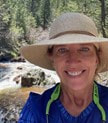 Born in the mountains of West Virginia, Cindy Elkins has called Colorado home since 1981. As a professional artist and teacher, hiking and the outdoors provide inspiration and keep her active.
2 Comments
Paul
10/26/2025 06:23:51 pm
That is not a Clovis point or from the Clovis Time Period.
Reply
RMDH
10/27/2025 10:47:31 am
Thank you for the comment. Point taken. We'll have to ask the RMNP staff about it. Thanks for the read!
Reply
Leave a Reply. |
Categories
All
|
© Copyright 2025 Barefoot Publications, All Rights Reserved

